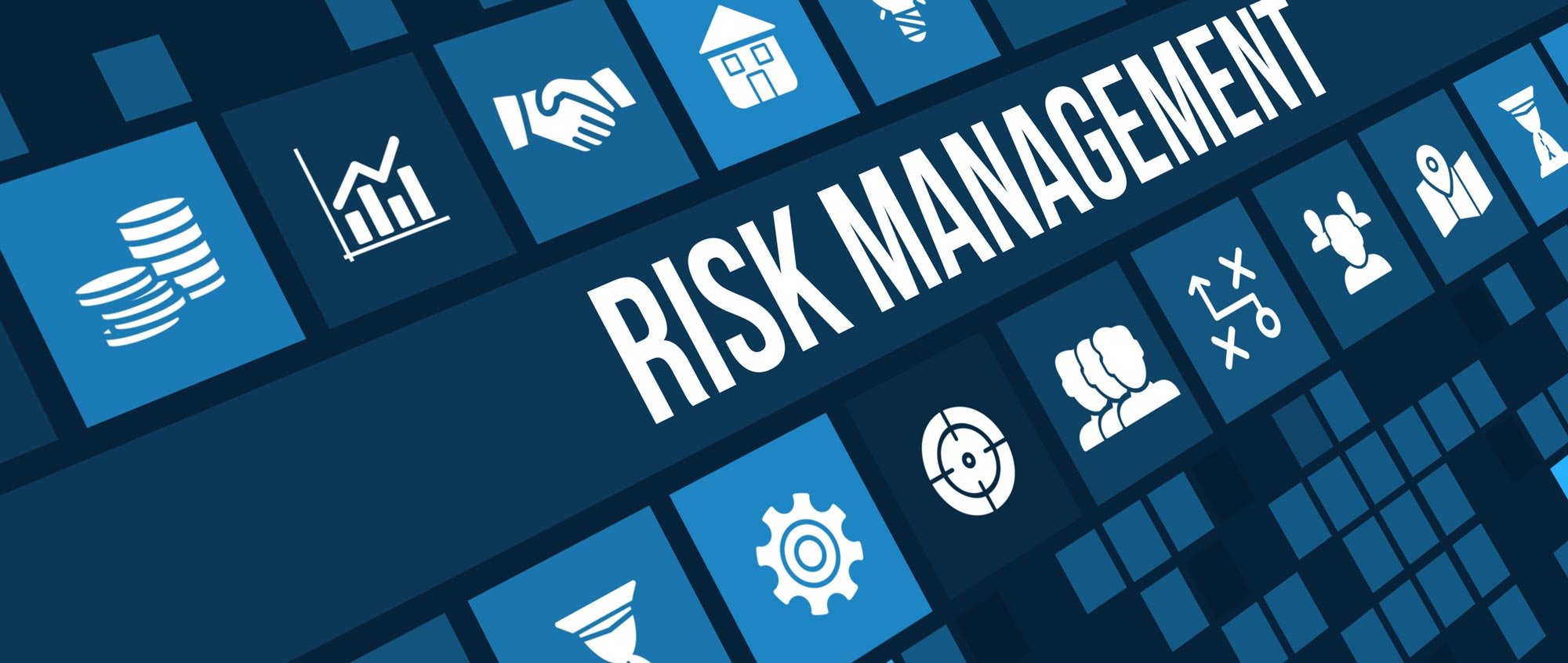Whenever you have a software project, whether in development or already implemented, risk becomes a factor in the equation. Risk is anything that may potentially harm or threaten your software or IT project. Risk management is about identifying risks and then mitigating them so as to reduce the impact they have on the outcome of the project.
For many businesses, risk management is an integral part of implementing new software and IT projects. Outsourcing to a team of IT support specialists, such as Mustard IT, not only provides businesses with an up to date software risk management plan, but it also saves on IT costs.
Just what does a risk management plan do? There are three steps to risk management: 1) identifying the risks, 2) evaluating each of the risks, and 3) coming up with a plan to control and moderate the risks so they impact the project as little as possible.
Identifying Risks of Software Development
Controlling and managing the risk in software projects plays a leading role in the success of the project. In the world of risk management, the following risks have been identified:
Risks Related to Scheduling and Time Management
No matter how precise and detailed plans for a software project are, scheduling and timing risks arise that affect the success of the project. This can include a wrong estimate of time to complete, which can happen when both internal and external delays happen, such as waiting for management authorization or for client approval. Another risk related to scheduling is when resources are stretched thin, with not enough employees to adequately devote their time to the project.
Financial and Budget Risks
Budgets and finances can put software systems at risk, with the top risk being an incorrect estimate to complete. Even when the full scope of a project has been carefully outlined and financed for, budget overruns can happen that put the entire project in jeopardy.
Operational Risks
Operational risks happen when processes necessary for software aren’t properly implemented. For every software application and development project, businesses need to ensure there’s open communication between team members so conflicts are quickly addressed. Operational risks also happen when there aren’t enough resources for a project to smoothly move forward. This can include both internal and external resources.
Technical Risks
Perhaps one of the biggest tasks of software risk management is dealing with the technical risks of a project.
Technical risks can quickly lead to the standstill or termination of business software. One of the top technical risks is when the technological requirements of a project are constantly changing, such as upgrades to the network that haven’t been factored into the current project under development.
Unavoidable Risks
Much of risk management is dealing with risks that are unavoidable, and which there is little or no control over. Unavoidable risk can include running out of funding for the project, a change in the development plan by management, or a change in priority for the project within the business.
Assessing the Risks
The second step of risk management is when each identified risk is analyzed and given a rating according to its impact on the project. Some risks will be considered low, others a medium risk, with some being considered a high risk. It’s these high risks that should become your priority.
Risks are assessed using data and facts related to both the business and the software or IT project that’s being implemented. This includes listing all of the software applications and versions that are being used for the project as well as what IT infrastructure these applications are dependent on.
The next stage of assessment is to determine how all these risks, including those that have been designated as low, affect the entirety of the business. Any risks that can potentially damage business practices will need immediate attention. It’s important to note that even though low risks are given a low priority, several low risks together can do as much harm to a company as one high risk.
Controlling, Managing, and Mitigating the Risks
Once risks have been assessed, they need to be controlled and managed as soon as possible. An efficient risk management plan is effective in dealing with each of the identified risks, mitigating the harm and damage of each threat to not only the IT structure of a business but to the entire business framework as well.
Mitigating Risk
Mitigating is about lessening the impact of risk from developing software and software already being used within a business. Some methods to implement mitigation can include:
- Acknowledging and accepting a risk is going to have an impact on the software project.
- Avoiding the risk by modifying certain aspects of the project, such as scheduling.
- Controlling the risk by doing damage control – be prepared to take action and lessen the impact of the risk on the project.
- Monitor and track the risk for any changes in how it’s impacting not only business technology, but also the entire structure of the company.
Monitoring Risk
Risks also need to be monitored regularly and tracked. The tasks of monitoring risk include:
- Continuous reviewing and reprioritizing of each risk.
- Modifying risk management plans as needed.
- Understanding and anticipating future risks.
Working with an IT support team can help you prepare risk management plans and have them in place whether you’re starting a new project or just want the added security of having a strategy in place.




